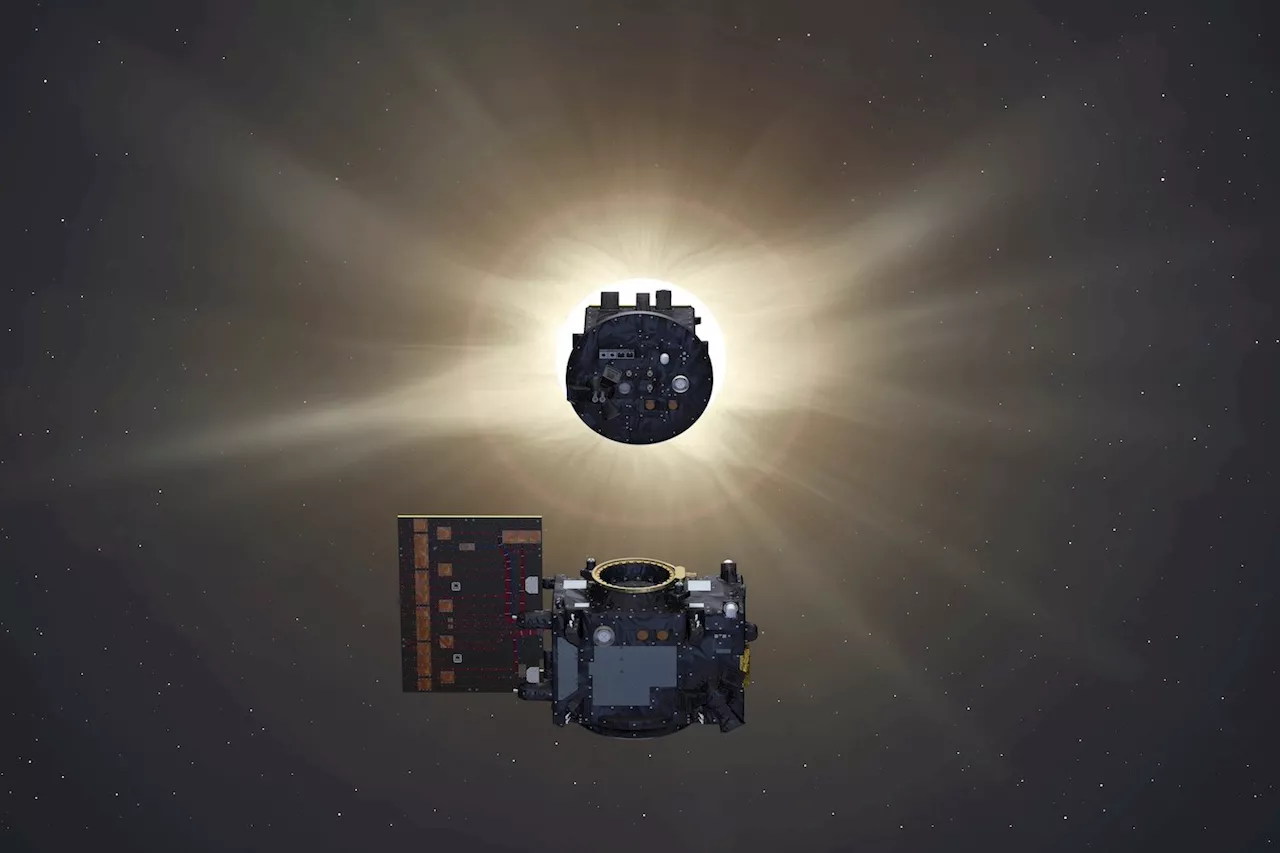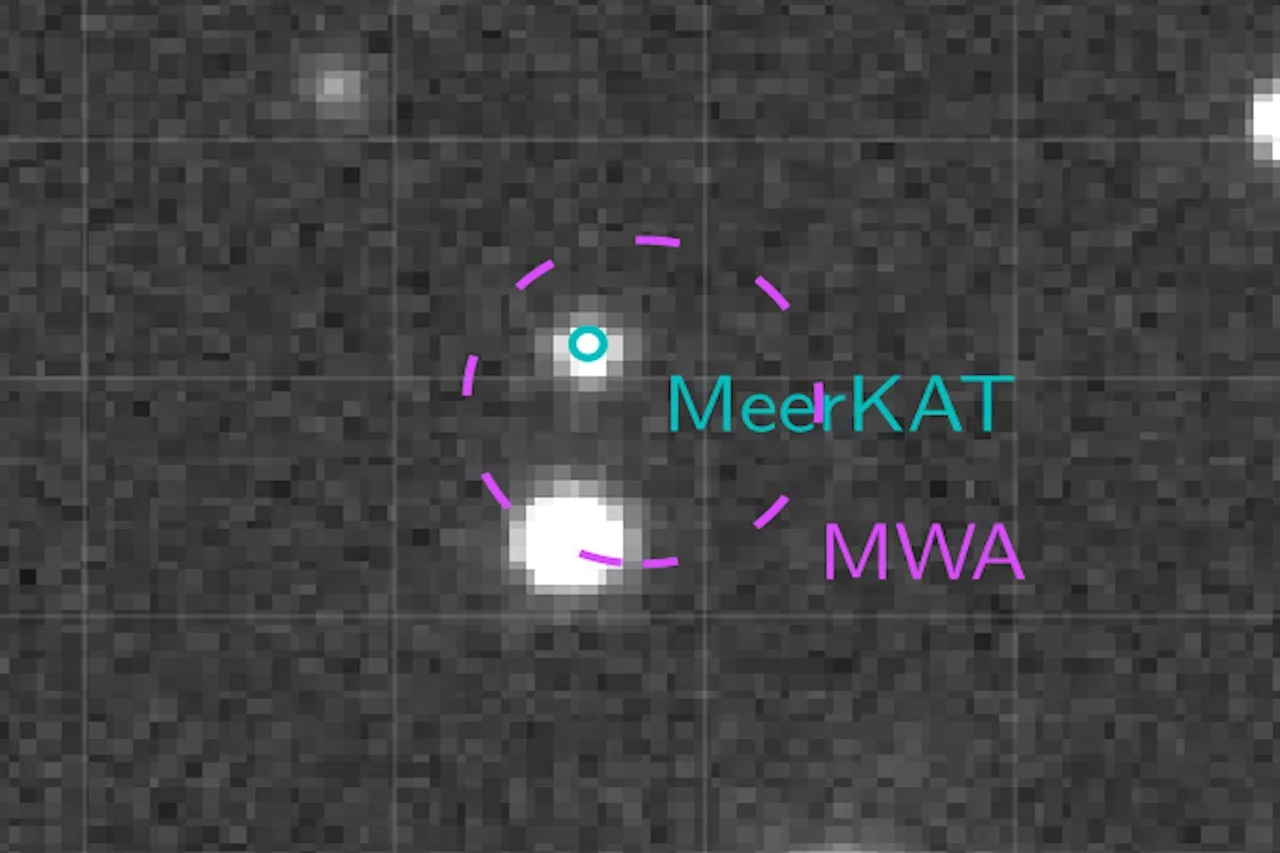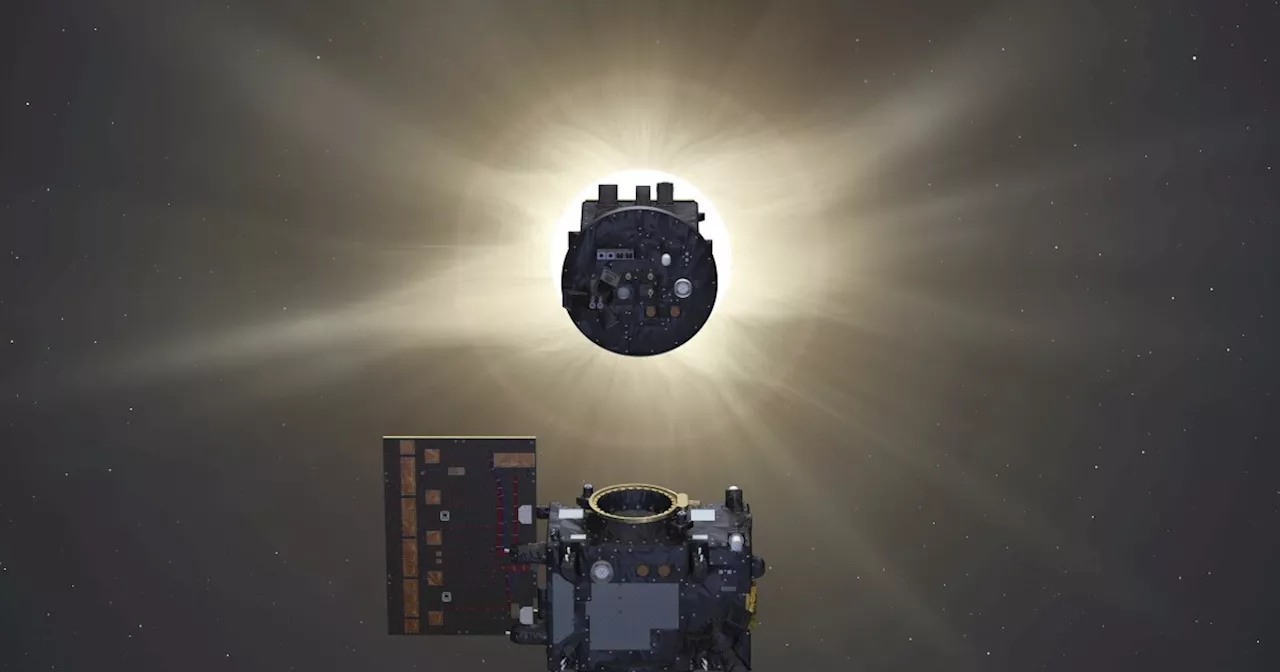Astronomers hope the Proba-3 mission will help them get a better view of the corona, the sun's outer atmosphere, which is even hotter than the sun's surface.
In this illustration, the two spacecraft of Proba-3 fly in precise formation about about 500 feet apart to form an external coronagraph in space. One spacecraft eclipses the sun to allow the second to study the invisible solar corona.
"What is interesting about the Proba-3 instrument is that the occulter is actually on a different spacecraft, so it can be quite far away, and using this technique, the instrument can block the sun's disk more precisely," Reeves says. During the Proba-3 mission, one satellite, the Occulter, will line up with the sun and cast a shadow onto the other spacecraft, the Coronagraph. The corona will be visible, just like during an actual eclipse, and the Coronagraph will take a photo of the inner part of the corona, according to the ESA.
United States Latest News, United States Headlines
Similar News:You can also read news stories similar to this one that we have collected from other news sources.
![]() How ESA’s Proba-3 Mission Will Create Solar Eclipses in OrbitESA's Proba-3 mission launched today, sending a pair of spacecraft into orbit. They will recreate solar eclipse conditions in space.
How ESA’s Proba-3 Mission Will Create Solar Eclipses in OrbitESA's Proba-3 mission launched today, sending a pair of spacecraft into orbit. They will recreate solar eclipse conditions in space.
Read more »
 Upcoming Proba-3 Mission Will Create Artificial Solar Eclipses to Study the SunThe Sun-observing mission is set for launch on Wednesday at 5:38 a.m. ET.
Upcoming Proba-3 Mission Will Create Artificial Solar Eclipses to Study the SunThe Sun-observing mission is set for launch on Wednesday at 5:38 a.m. ET.
Read more »
 Mysterious Radio Signals Lead Astronomers to an Unlikely Cosmic PairAstronomers pinpointed the source of the signal to a low mass star, but it can't generate that much energy on its own.
Mysterious Radio Signals Lead Astronomers to an Unlikely Cosmic PairAstronomers pinpointed the source of the signal to a low mass star, but it can't generate that much energy on its own.
Read more »
 Astronomers witness the in situ spheroid formation in distant submillimetre-bright galaxiesResearchers have used the ALMA telescope and found old elliptical galaxies in the universe can form from intense star formation within early galaxy cores.
Astronomers witness the in situ spheroid formation in distant submillimetre-bright galaxiesResearchers have used the ALMA telescope and found old elliptical galaxies in the universe can form from intense star formation within early galaxy cores.
Read more »
 Astronomers close to solving mystery of how universe's giant galaxies formedAstrophysicists find the birth sites of gigantic elliptical galaxies which they say gives new clues about how they were formed. The galaxies look like bulging footballs and how they were created remains a mystery to scientists -- until now.
Astronomers close to solving mystery of how universe's giant galaxies formedAstrophysicists find the birth sites of gigantic elliptical galaxies which they say gives new clues about how they were formed. The galaxies look like bulging footballs and how they were created remains a mystery to scientists -- until now.
Read more »
 Astronomers Take Remarkably Zoomed-In Image of Red Supergiant StarThe star offers hints at how huge stars shed gas and dim towards the ends of their lives.
Astronomers Take Remarkably Zoomed-In Image of Red Supergiant StarThe star offers hints at how huge stars shed gas and dim towards the ends of their lives.
Read more »
